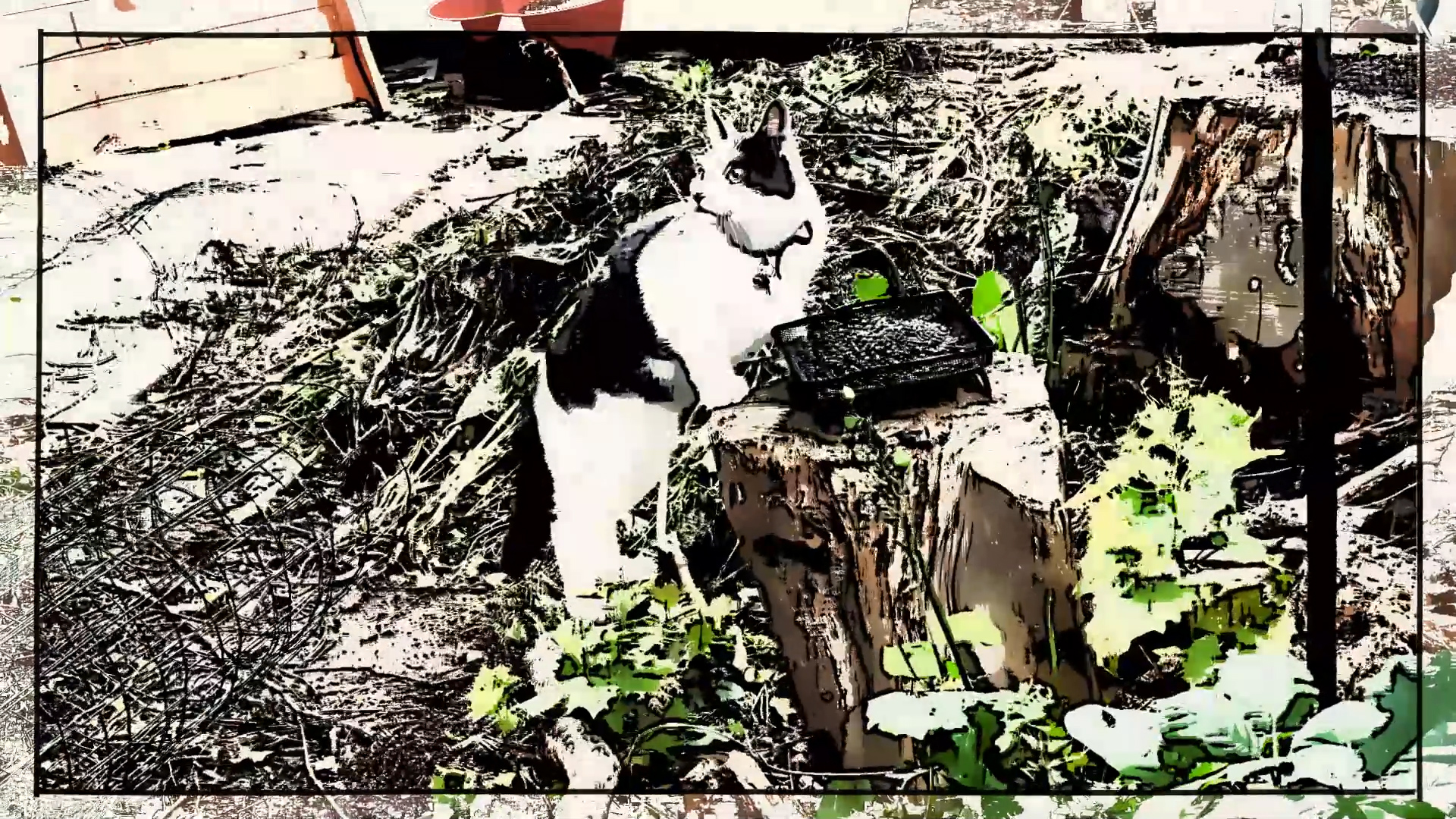This section questions the role of animation and the role of the image-maker within contemporary animation practice and visual culture more broadly.
Contemporary animation is primarily digital, computer generated and increasingly a dominant form of global visual culture. Digital technology such as computer editing, compositing and digital photography can be used with a primarily analogue purpose. That is to say, with the purpose of preserving a one-to-one relationship between what is photographed, scanned or drawn, and what appears on screen. Animation artists can use a purely analogue medium, or an analogue medium with assistance from digital technology.
- Analogue (from the Greek ana-logos meaning “proportion” or “ratio”). The continuous physical relationship between the original message and its reproduction. Speech and writing are represented by print in a book; light bounces off an object and is focused by a camera lens, changing the colours of chemicals on film. These are one-to-one correspondences between a signal and its translation into a physical medium.
- Digital (from the Latin digitus -finger or toe) implies the medium of binary digits (bits) that computers use to process information. Two states, ‘On’ and ‘Off’ are represented by 0 and 1 to code all types of digital information. Digital is not a continuous stream, as with analogue signals but a set of information.
This section looks at:
- the historical development of visual techniques that have transformed moving image culture: compositing, morphing, frame rates and resolution.
- why things look the way they do, questioning the difference between hand-made and digital animation and the rationale for each of these approaches.
- contemporary fine artists who use their work to interrogate moving image culture and digital technology. Some of these artists use mass media and visual culture as their subject matter, others use commercially developed techniques to further their formal investigations.
“…defeated the photographic and cinematographic image… (so that) the era of reproduction seems to be over, more or less, and the era of construction of new worlds…is already here.”
Harun Farocki, Tate Interview (2016)
Is something missing in contemporary visual culture? by filling the world with images are we attempting to hide, erase or obscure something?
question from course text.
“I don’t really know how to make work that doesn’t first deal with loss, or speak of loss. Because I guess I felt that loss, or insufficiency, or inability and failure and negation generally are the absolute bedrock of making things. Which sounds perverse because obviously you are generating something; you are creating something out of nothing. But actually…Representation, I feel like it is defined by an absence.”
Ed Atkins, Ed Atkins interview: Something is Missing (2017) Louisiana Channel.
“ Hyperlinks or It Didn’t Happen is narrated by the failed CGI rendering of a recently deceased actor, PHIL, and follows a group of digital beings—render ghosts, spam bots, holograms—as they search for meaning. Multiple storylines and materials collapse and converge to raise questions about what it means to be materially conscious today and the rights of the personal data we release.”
Cecile B Evans, Hyperlinks or it Didn’t Happen (2014) Vdrome.org.
“No detail is too subtle, no film too arthouse, to escape digital tinkering… So, much of CGI is about what you are not seeing, rather than what you are…legend has it that one poor animator on the movie Babe spent months painstakingly removing every frame of the title character’s anus.”
Anna Smith, Supermans Tache and Armie Hammers crotch, ‘Is movie CGI getting out of
hand? ’ (2017) The Guardian
Project 1: Tricks and Fakes
compositing and morphing
All animations, digital or hand-made, include highly mediated and manipulated imagery in the service of creating the illusion of movement. Special effects (SFX or FX) is a special branch of this visual trickery that long predates the digital. Mechanical and optical special effects have been used since the invention of cinema itself with the use of props, scale models, multiple exposure and mattes. However it is digital visual effects (VFX) and computer generated imagery (CGI) that have come to dominate the field of special effects and make up a large part of contemporary visual production: film, videos, games, advertising and the like.
Research 4.2: Compositing: masks and mattes
E4.1: Compositing I: cinemagraphs
E4.2 Compositing II: masks and mattes
Research 4.3: Morphing: analogue and digital (notes to be done)
Research 4.4: Morphing: mid Morph moments (notes to be done)
Project 2: Animation and Visual Culture
compression and erasure
The drive of mass media culture towards greater fidelity, driven by technological innovation over the past decade, has substantially altered our perception of the world. Media content is produced faster and faster. Key figures or icons are increasingly altered, transformed or even erased through digital manipulation.
Artists have generally approached this phenomenon in one of two ways:
- firstly, by making use of the products of mass media, reusing and manipulating them
- secondly by using the tools of mass media to generate artwork.


